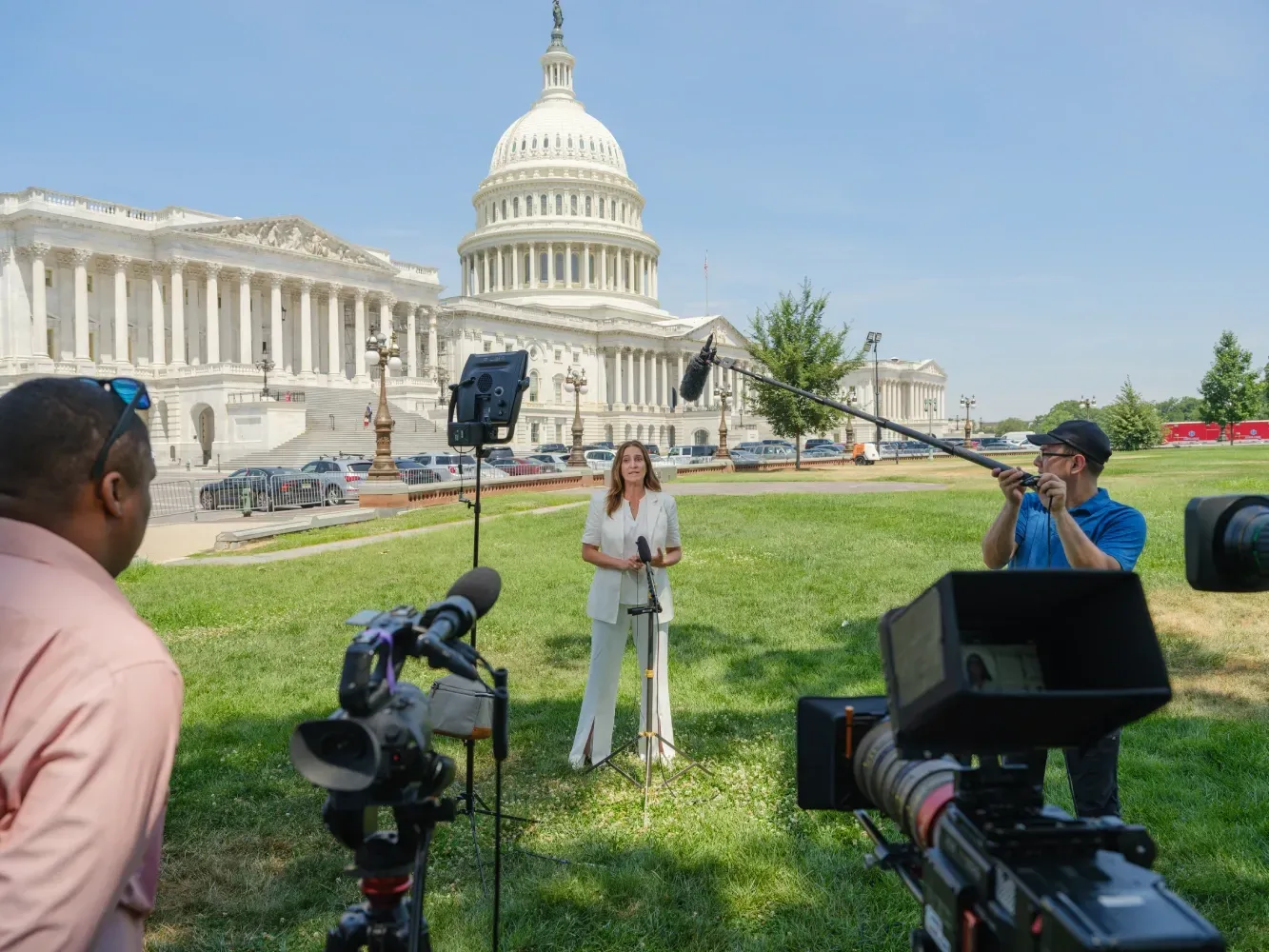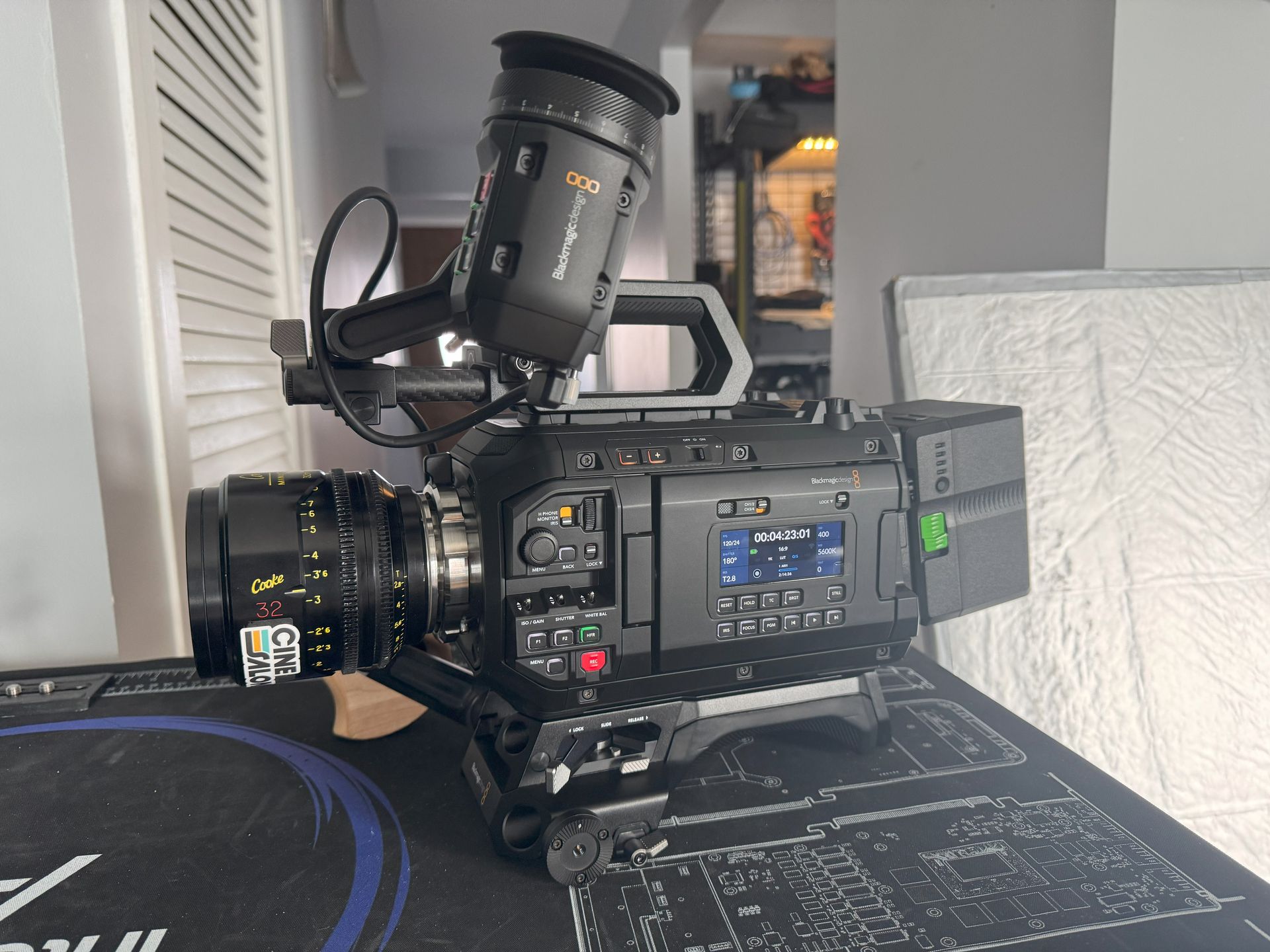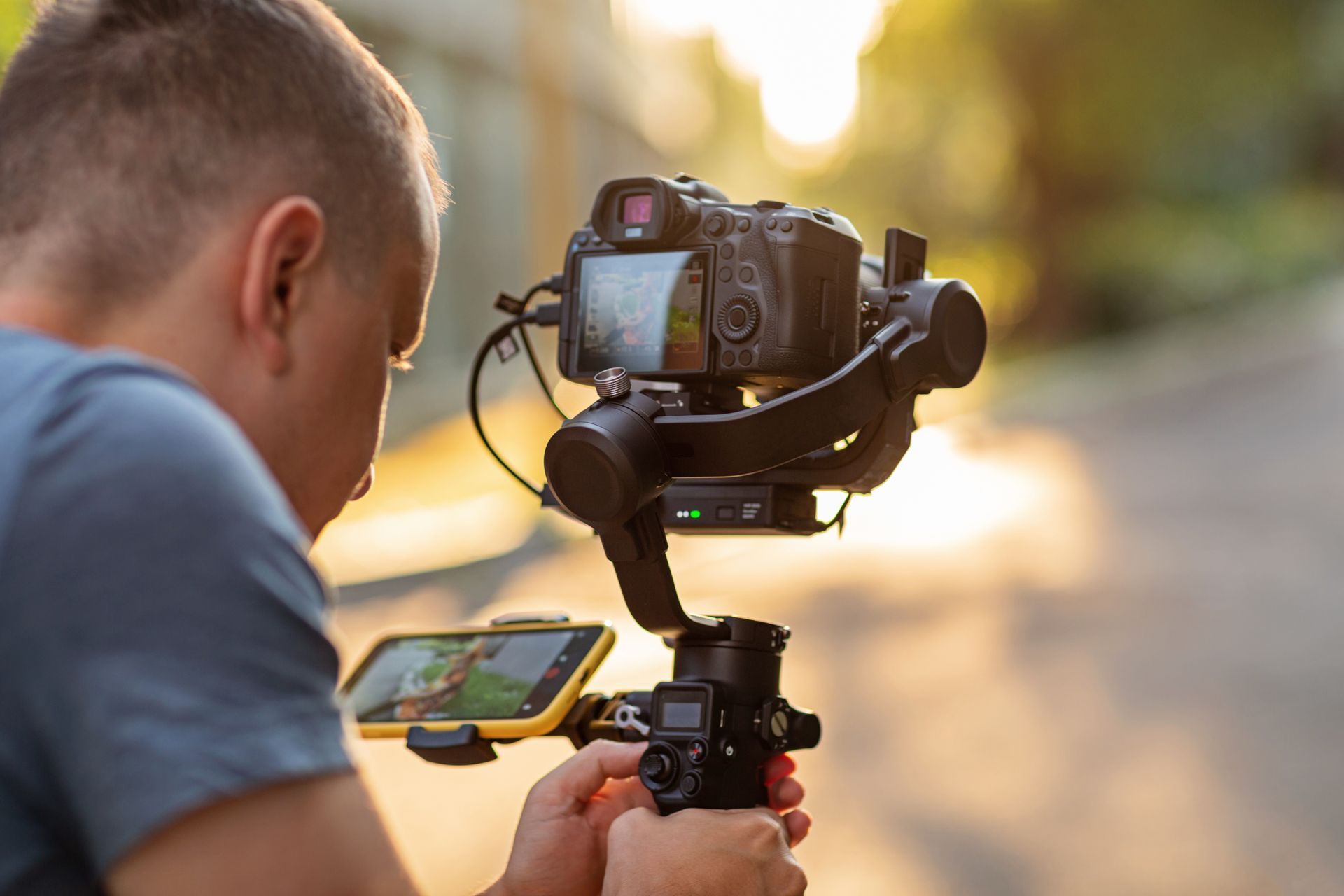Most people associate the term “raw footage” to mean the product of a video shoot at its earliest stage. Truly "raw" from camera to harddrive.
There's no special effects added, no form of editing yet, to the client it looks more like the final output... except the raw footage looks nothing like the finished product, in fact, very far from it.
When you have raw footage in your hands, it can be quite confusing and overwhelming to look at because it's just an extensive series of files with no form of organization whatsoever and which you cannot even, perhaps, open. If you are successful in watching some, you will have no clue of what the story will be about.
What is Raw Footage?
Raw footage is the way it is because the editors who will process the files need the purest version. The quality of the shoot and all the details captured in the footage need to be intact so that they can decide which ones will go and which will be edited into the final output. All the editing decisions, big and small will come from the editors themselves, and they can be as creative as they can in transforming the raw footage to a fantastic film.
But this scenario is not something that you should worry about because raw footage is meant to be this way. It won’t be a surprise to those who know what to do with it.
Getting to know your Raw Footage
Simply put, your raw footage is your rough and unaltered source video. Sometimes, it’s also called the “source footage” since it’s the first capture of the cinematographer on the shoot. The reason why it will be unintelligible to anybody who will try and process it as it is is that it is merely a collection of video files which are not ready to be viewed at all by an audience. In fact, without editing software, you cannot even open the files for any viewing.
If you are lucky enough to uncover and play them, you will find videos which are not meant to entertain you in any way because they are unusable as of the moment, the audio out of whack and the colors are nasty. They will most probably not look good at all.
But this scenario is not something that you should worry about because raw footage is meant to be this way. It won’t be a surprise to those who know what to do with it.
Story
Also, the raw footage includes ALL videos, even those who will not make it to the final output. Professional editors will work their magic into the narrative and pick and choose which files will be put together in such a way that the storytelling will be most effective, entertaining and impactful. If there are videos that do not bring value to the story, it will most definitely have to go. Editors are master weavers so they can be trusted to make decisions in editing that will benefit the entire film.
Sound
In every shot, the camera captures both audio and video since you cannot separate the two. But the richness of the audio will not be standard, especially in specific locations that’s why a special audio recording setup is in order. As a result, you will have isolated files holding your audio and another one for your video files.
Color
Size
Is Raw Footage Useful?
Handling your Raw Footage
The editorial team must have a copy
Keep for future use
Store for clients

Get total clarity on your video marketing and paid media with our FREE comprehensive data audit.








